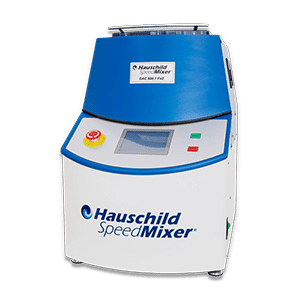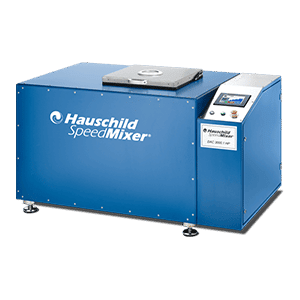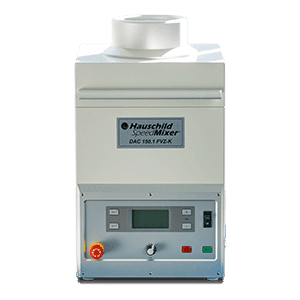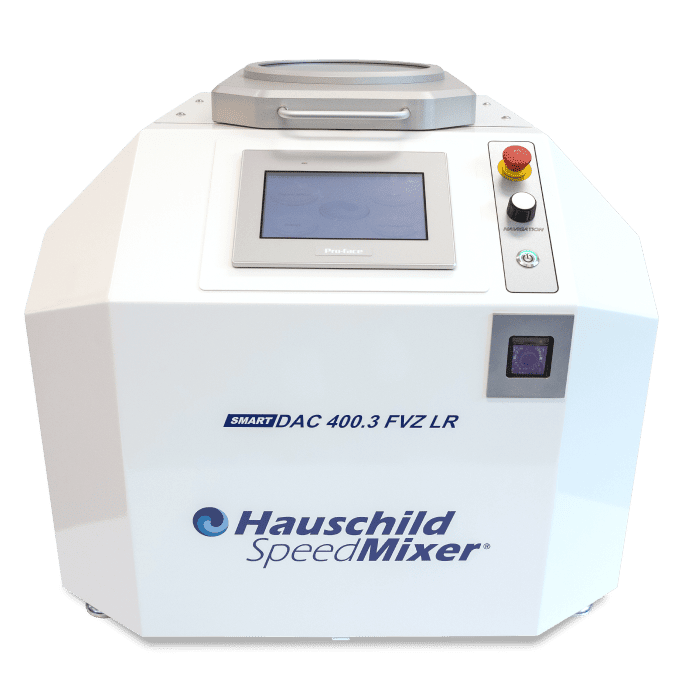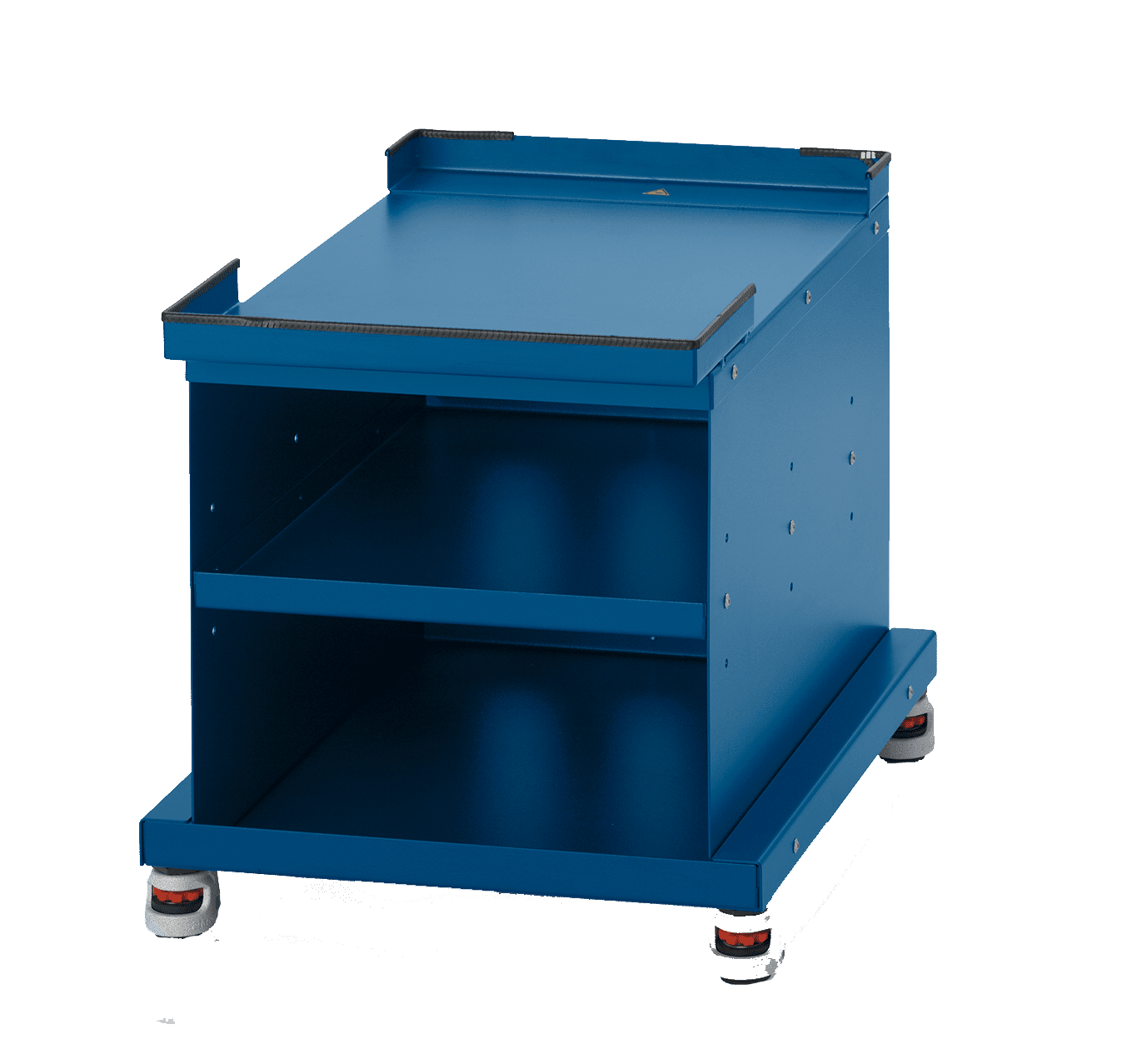Applications
Compounding Pharma
Formulation, preparation, and application of materials for Compounding Pharma
Compounding pharmacists have a unique and individually tailored approach to medicine. They customize not only the blend of pharmaceutical ingredients, but also the delivery method to create patient specific treatments that are not commercially available. For example, joint pain may be treated with a topical medicated cream rather than oral medication. The benefit here is that rather than dulling the entire body’s sensitivity to pain with an oral medication, the medicated cream will deliver localized treatment, which is safer, more effective, and provided at the exact dosage the patient requires. They create flavored suspensions of oral medications for children who have difficulty swallowing pills (or even compound into lollipops!). Other delivery systems such as troches, capsules, gels, ointments, and chewable treats for veterinary medications give compounding pharmacists the ability to meet the unique needs of nearly any patient.
This level of product customization, coupled with patients’ urgent needs for treatment, necessitate almost constant mixing, milling/dispersing, and blending. It is common to see compounding methods and techniques that are also customized based on product & even the amount of product needed. Compounding equipment must work fast to keep up with the staff. It is also critical that the equipment provides perfectly homogeneous mixing / milling / dispersion of a broad range of materials to guarantee accurate and precise dosage of Active Pharmaceutical Ingredients (APIs) can be achieved. It must also be easy to clean thoroughly and/or process materials in single-use containers so cross contamination is avoided.
Regardless of industry, Hauschild SpeedMixer® performs beautifully
Explore our applications
Hauschild Engineering Announces Expanded Support for SpeedMixer
Customers Following Termination with FlackTek Inc.
Let us match you with the Hauschild SpeedMixer® configuration to fit your needs
